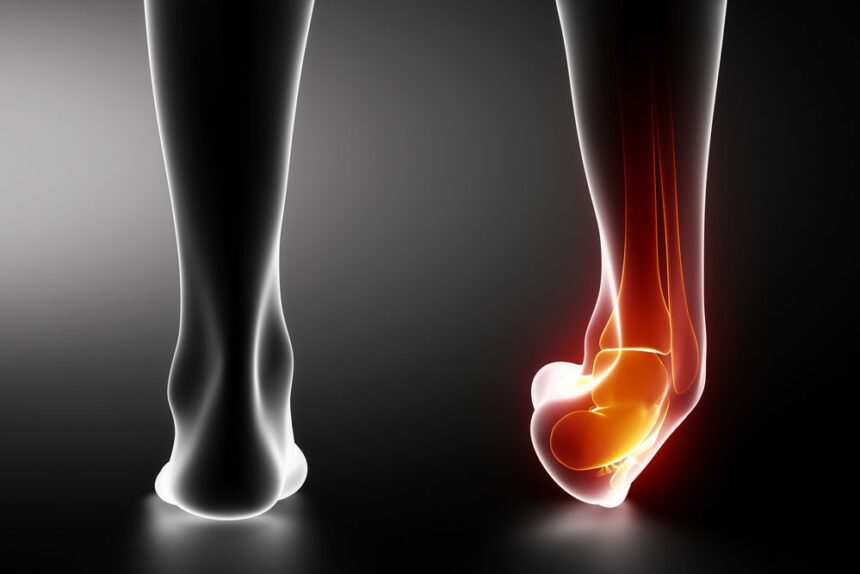Misaligned bites or jaw alignment issues impact speaking, chewing, and overall comfort. Orthodontics treats these concerns, while periodontics focuses on the health of gums and supporting structures during treatment. Here is some information about common jaw and bite alignment issues and the roles of orthodontics and periodontics in addressing them to help you make an informed treatment decision.
Understanding Orthodontics and Periodontics
Orthodontic care often overlaps with periodontics, the branch of dentistry that focuses on gum health. Misaligned bites and jaw issues may contribute to uneven pressure on teeth, increasing the risk of gum problems. Treatments that correct alignment may provide additional support for oral health by distributing forces more evenly across the teeth and gums. Collaborating with a periodontist can encourage both alignment and gum health are addressed throughout the treatment process.
Recognizing Bite and Jaw Alignment Issues
Bite and jaw alignment problems are more common than many realize. They can stem from various factors, ranging from genetics to habits developed during childhood, such as thumb-sucking. Some of the most frequent concerns include:
- Overbite and Underbite: An overbite occurs when the upper front teeth significantly overlap the lower front teeth, while an underbite is when the lower teeth protrude past the upper teeth. Both conditions can affect facial structure and functionality.
- Crossbite: A crossbite is when the upper teeth fit inside the lower teeth on one or both sides of the mouth. This can lead to uneven wear on teeth and discomfort in the jaw.
- Open Bite: This occurs when the upper and lower teeth do not meet when the mouth is closed. It can often be linked to habits like tongue-thrusting or prolonged pacifier use.
- Crowding and Spacing Issues: Overcrowded teeth may overlap or twist while spacing issues refer to noticeable gaps between teeth. These problems may affect bite alignment and make oral hygiene more challenging.
Addressing these orthodontic issues early can help promote proper oral function and prevent further complications down the line. Consulting with a dental professional is the first step toward achieving a healthier, well-aligned smile.
Exploring Orthodontic Treatment Options
Orthodontic treatments are carefully planned to adjust the bite and jaw position. They often involve the use of specialized devices that work gradually to move teeth and jawbones into better alignment. Some standard methods applied by orthodontists include:
- Braces: Braces apply steady pressure to teeth over time, guiding them into the desired position.
- Clear Aligners: These nearly invisible trays work to straighten teeth and improve bite alignment without the bulk of metal brackets.
- Palatal Expanders: For individuals with narrow upper jaws, expanders are used to widen the arch of the mouth.
- Jaw Surgery: For severe cases, corrective jaw surgery may be necessary to adjust the size, shape, or position of the jawbones.
Orthodontic treatments provide a range of options to address individual dental needs and enhance overall oral health. Consulting with a qualified orthodontist is key to determine the most effective solution for each individual.
Begin Your Orthodontic Journey Today
Orthodontic care takes a tailored approach, as no two individuals have the same alignment concerns. An orthodontist will begin by conducting a thorough evaluation, which may include X-rays, photographs, or impressions of the teeth. This process helps develop a personalized plan suited to specific needs. Whether a solution involves braces, aligners, or other devices, the gradual process of alignment aims to provide lasting improvements. Partnering with an orthodontic professional and consulting with specialists, such as periodontists, can contribute to a well-rounded path forward.










